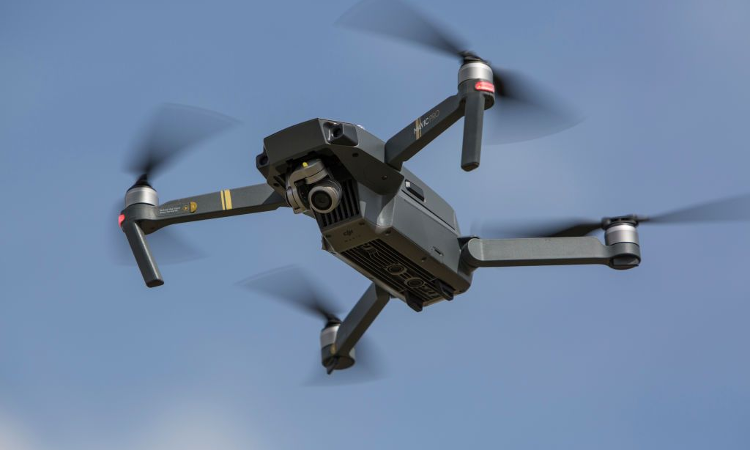Next Story
11 May 2020 9:28 AM IST
"Drones overall will be more impactful than I think people recognize, in positive ways to help society" - Bill GatesIntroduction Aircraft technology and aerodynamics have always captured the imagination of people. This is primarily due to urge of the humans to be air-borne and fly like birds. This fascination for flying is not new and goes back generations and specific...

